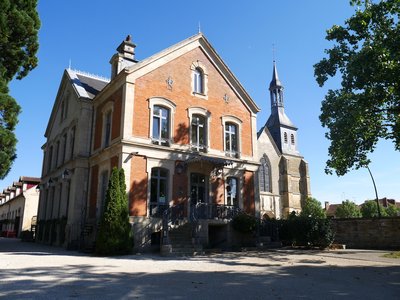Montier-en-Der to Wassy
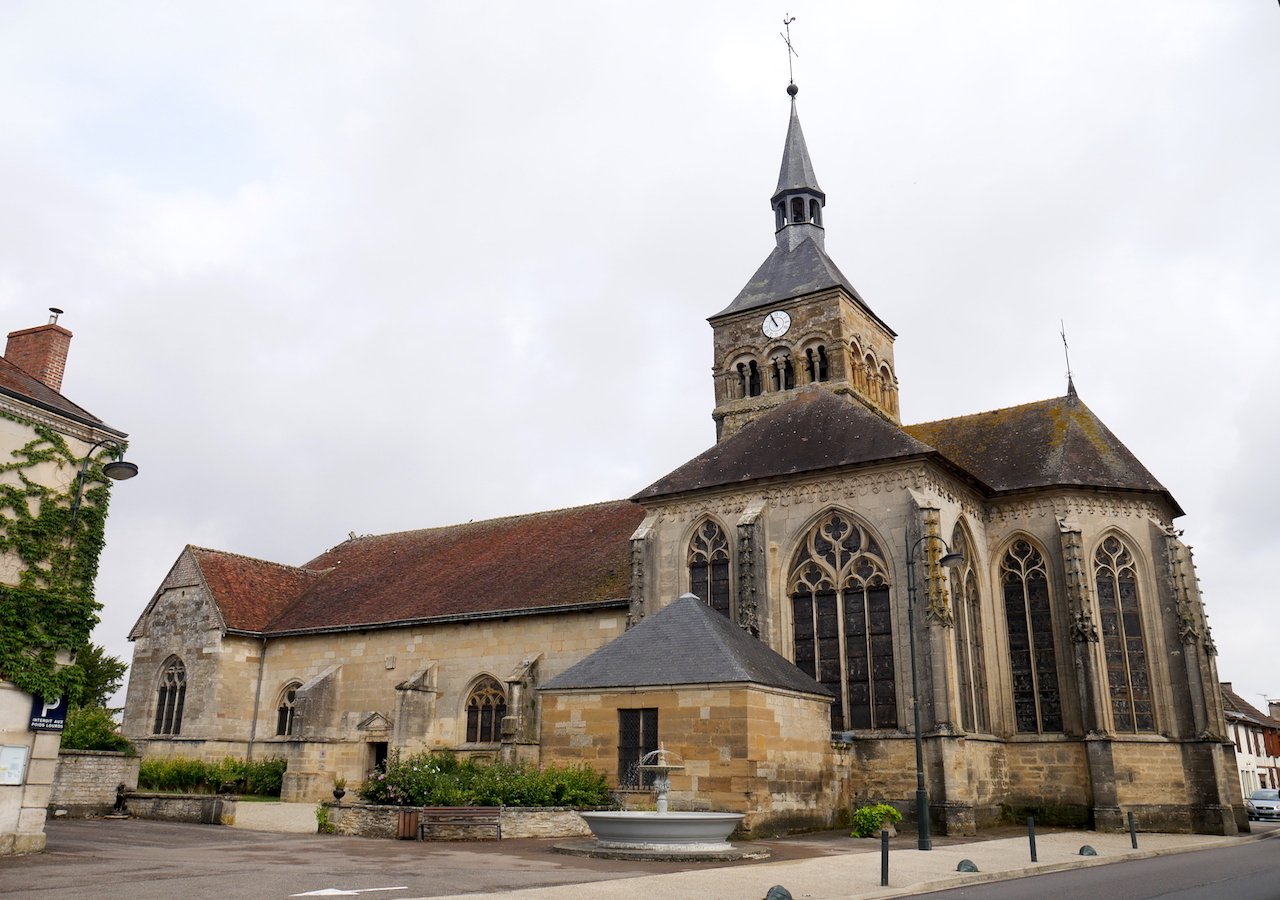
Grand Est
3. Montier-en-Der to Wassy
Medium
5h
19,6km
+197m
-155m
Step
Embed this item to access it offline
A walk between river and forest of Der. As you arrive in the Marne valley, canals and old railways bear witness to a rich industrial past in the 19th century. Wassy's historical past deserves a stop to discover its history, its famous people and a former convent of Irish monks in the 16th century.
8 points of interest
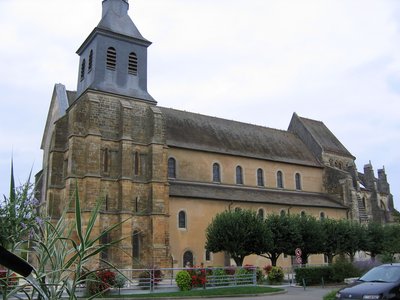
Église saint-Rémi Montier-en-Der - Amis saint Colomban St ColumbanAbbey Church of Saint Peter and Saint Paul in Montier-en-Der
The monastery of Montier-en-Der was founded at the end of the 7th century by Abbot Berchaire or Bercaire, a monk from Aquitaine who had attended the Saint-Hilaire monastery in Poitiers and the school in Reims run by Bishop Nivard. To complete his training he went to the monastery of Luxeuil governed by Abbot Walbert on his return to Champagne and founded the monastery of Hautvillers near Epernay before that of Montier-en-Der.
Berchaire founded a women's monastery in Puellemontier, near Montier, a few years later.
From the foundation of the monastery of Montier-en-Der, the monks lived under the rule of the good Fathers Benedict and Colomban, a formula that was consecrated until the Council of 818.
The glass roof of the church choir is composed of 10 stained glass windows with abstract decoration and 6 stained glass windows representing: bay 106: Benedict, bay 104: Remi, bay 102: Paul, bay 101: Peter, bay 103: Berchaire, bay 105: Colomban.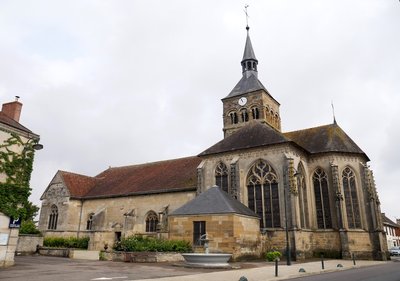
Église Saint-Rémi de Ceffonds - Amis saint Colomban TouristSaint-Rémi Church in Ceffonds
The church of Ceffonds has only kept the Romanesque bell tower at the crossing of the transept from the 12th century.
Most of the Gothic architecture dates from the 16th century, the glass roofs made between 1511 and 1518, which alone are worth the detour, bear witness to the wealth of the master glassmakers of the Aube. The stained glass window of the Tree of Jesse, a family tree that traces the ancestors of Christ to Jesse, father of King David, is often represented by the Trojan master glassmakers in the Middle Ages.
Take the time to admire the tomb on the north aisle.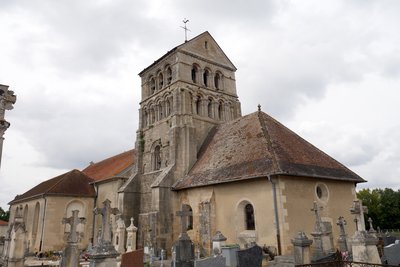
Église Saint-Luc de Voillecomte (12e –18e siècles) - Amis saint Colomban TouristSaint-Luc Church in Voillecomte
The lordship of Voillecomte originally belonged to the lords of Rosnay (Aube), which was partly passed on to the abbey of Montier-en-Der. The choir and the tower of the bell tower of the church of Saint-Luc were built in the second half of the XIIth century, the nave and its collaterals had to be rebuilt around 1779, and the church is topped by a bell tower in the romanesque style.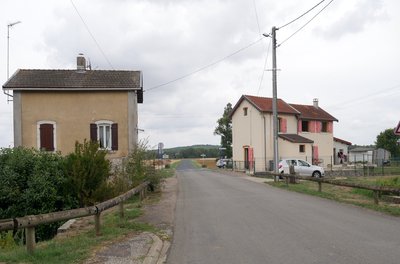
L ‘ancienne gare de Chemin de fer à gauche et la maison de l’éclusier à droite - Amis saint Colomban PanoramicWassy Canal
The construction of the side canal dates back to 1881. It branched off from the Marne à la Saône canal. This small canal of 23 Kilometres and 8 locks, appelé́ also the Blaise canal, gave a river débouché́ to the forges and foundries of the Wassy region and supplied these same factories with green sand (foundries) and shore wood (Pont-Varin mines). It was supplied with water by the Blaise river and the Lac des Leschères (Wassy). Its size was identical to that of the Marne à la Saône.
Ancienne gare de Montier-en-Der devenue local commercial - Amis saint Colomban HistoricalAbandoned railway lines that bear witness to significant industrial activity over the past centuries.
The railway line was recognized as being in the public interest in 1879 with a depot of wagons and locomotives to export timber, grain and livestock. This line was strategic during the First World War. The Montier-en-Der station was closed in 1991 due to a lack of passengers and merchandise.
Some of the tracks were converted to greenways.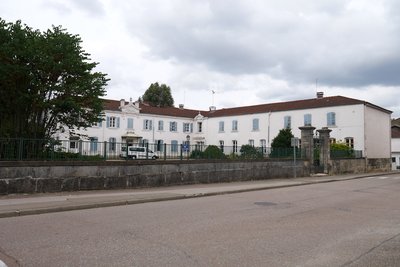
Couvent des Capucins de Wassy - Amis saint Colomban HistoricalFormer convent of the Capuchins in Wassy in the 16th century
A hospital was built in the 16th century on the banks of La Blaise and outside the city walls. In 1643 French Capuchins settled there. They were replaced in 1685 by Irish Capuchins, victims of the tyranny exercised against Ireland by the King of England. They were military monks, carrying the sword, and were to train missionaries destined for Ireland. But they also provided rescue services to the inhabitants of Wassy and even started a fire-fighting service. Their convent was destroyed by fire in 1756. It is buildings rebuilt after that date that we see today.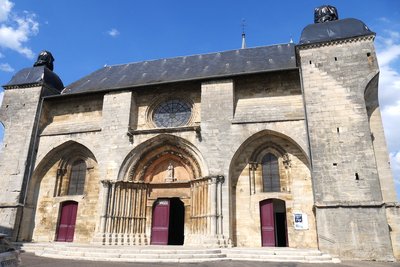
Église Notre-Dame de Wassy - Amis saint Colomban TouristNotre-Dame Church in Wassy
Built in the 13th century, the church has kept many Romanesque architectural elements. It will know later contributions in particular the addition of chapels in the Middle Ages. The church originally consisted of three semicircular apses, the three entrance portals opened onto three naves. The side chapels are later and were built between the 15th and 18th centuries. The building was destroyed in the 16th century, necessitating the reconstruction of the central apse and the southern apse with flat chevets. The façade was covered with a roof in the 17th century. Louis Le Bé organ from the 17th century. Stained glass windows from the 15th-20th centuries.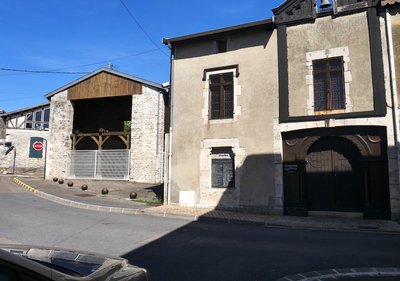
La grange du Massacre de Wassy en 1562. L’entrée du temple au premier plan. - Amis saint Colomban HistoricalThe Massacre of Wassy (16th century)
On 1 March 1562, the Duke of Guise, Lord of Wassy, massacred about fifty Protestants and left 150 wounded in a barn where the Protestants had taken refuge. It was the beginning of the religious wars.
Today the barn is a place of meditation as well as the Temple nearby.
More information Wikipedia
Description
Leaving the church of Montier-en-Der, cross La Voivre and the Place Notre-Dame, take the Rue des Ponts opposite. Turn left on rue Jacques d'Arc
- After the church of Ceffond take the second street on the left, La Rigole straight ahead, left towards the Intermarché, go along the building until rue du Champ Chatre turn right and rue de la carrière.
- Crossing the rue de la Varnière you walk on an old disused railway line for 5.6km.
- Cross the D4 at La Réserve and turn left to get back on the road until the intersection with the D153, turn right towards Voillecomte. Cross the village rue de la Croix. Take the fourth street on the left, rue du Caron, leave the village on the D261 as far as Pont Varin. At the entrance of the village turn right then left, rue des Patriotes, straight ahead and cross the canal.
- Take the path on the right that runs along the old railway line. Don't cross the canal when you arrive at the entrance of Wassy, turn left on rue du Pont Varin.
- At the crossroads of Lieutenant-Colonel Dubois street, turn left, cross La Blaise, straight ahead until the Notre-Dame church.
- Departure : Abbey Church of Saint Peter and Saint Paul, 10 Place de L’Hôtel de ville, 52220 Montier-en-Der
- Arrival : Notre-Dame Church, 7 Rue Léon Maitrot, 52 550 Wassy
- Towns crossed : Grand Est
Altimetric profile
Transport
Réseau interurbain Ticéa Montier-en-Der et Wassy
Report a problem or an error
If you have found an error on this page or if you have noticed any problems during your hike, please report them to us here:
Close by5
- Accommodation





